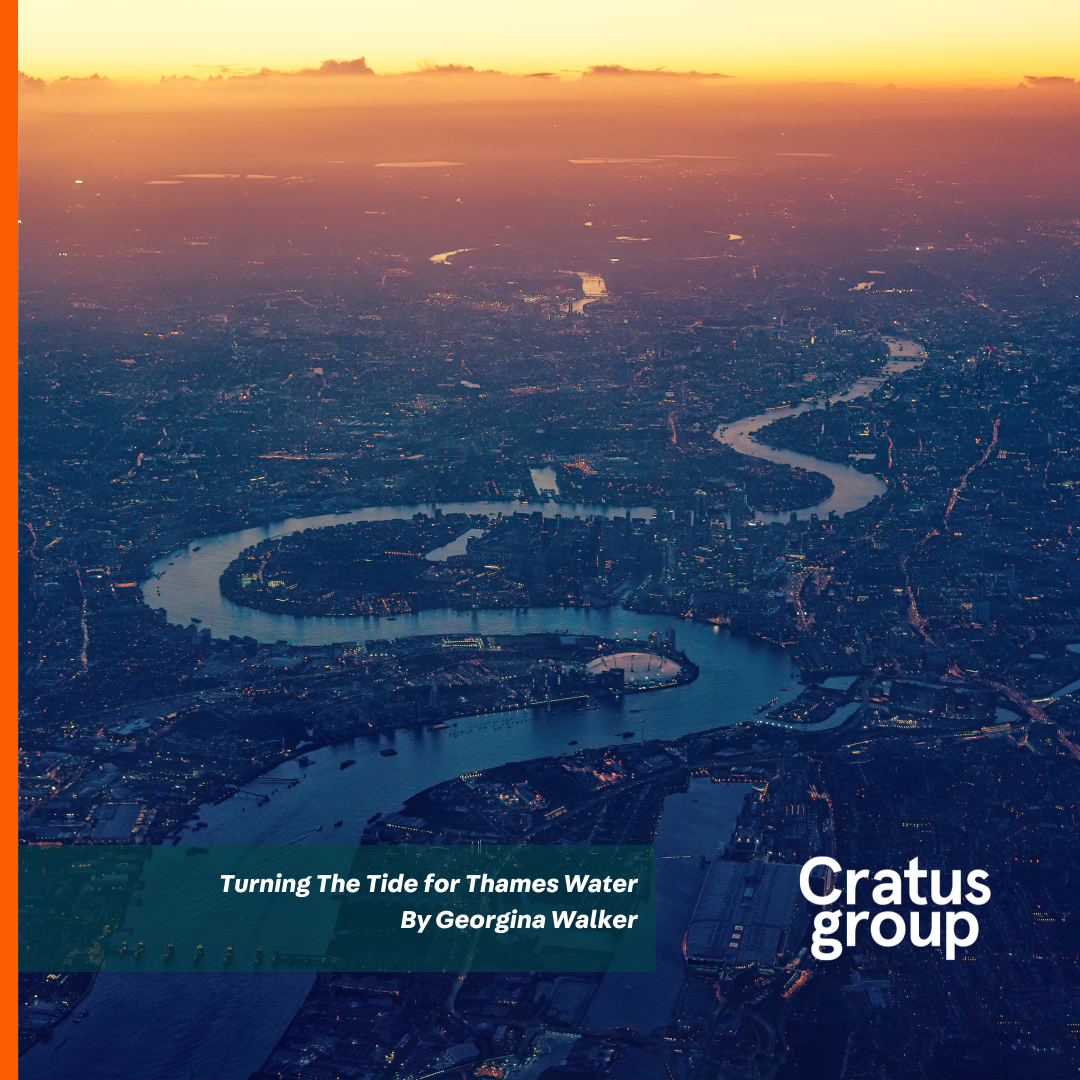“Building back better” after lockdown?
On Thursday 30th April 2020, Boris Johnson announced that the UK was “past the peak” of COVID-19 and that he would set out the government’s plan to “restart the economy”. As we all discover what the new normal will look like, Cratus is looking at life after lockdown and what it could mean for the built environment.
Several large housebuilders have already returned to work, including our clients, Taylor Wimpey, Countryside and Thakeham, following a statement from the Minister for Housing, Communities and Local Government, Robert Jenrick MP, that construction should continue. But will this prompt to begin building again mean business as usual or is this the opportunity for the development industry to make a real change in its priorities and “build back better”?
“Build back better” has become the slogan for governments wanting to attach their economic recovery plans to low-carbon industries. Indeed, the COP26 Universities Network has suggested that the UK could lead the world by example with a recovery package focused on renewable energy projects, carbon capture and storage, investment in broadband internet, electric vehicles and low and zero carbon infrastructure projects.
Paris is already rolling out 650km of “corona cycle ways” and Milan is to introduce one of Europe’s most ambitious schemes reallocating street space from cars to cycling and walking. Closer to home, the Scottish government has announced a £10 million fund to create pop-up walking and cycling routes. Meanwhile, local authorities have been given greater powers to create car-free streets during the pandemic, but such a measure is temporary and even that has the petrol heads in our company chuntering.
There were positive moves towards implementing health and environmental goals before lockdown and the built environment sector and local governments must not lose this new opportunity in the face of economic pressures. Restrictions on travel have resulted in the country looking at ongoing projects and wondering if these will still be needed in a post-COVID-19 world. For example, the UK government’s £28 billion road building programme is based on the assumption that traffic will rise by 1 per cent a year – a prediction that does not take into account the recent increase in people saying they want to work more from home in the future.
A challenge will be persuading residents to support schemes that place a greater emphasis on the new, as we settle back into a non-lockdown world. Parking has been a contentious issue during many planning applications, and this is likely to continue if councillors are not convinced that residents are on board with the Government’s commitment to reduce the number of cars on roads. For example, last night, a Pocket Living scheme in Brent next to a train station was rejected by committee because it meant some loss of parking used by residents on a Saturday, despite the applicant’s evidence that parking was not needed.
There are many challenges facing the built environment sector currently and the easing of the lockdown will be the first step on a long road to recovery. However, as we stand at this juncture, huge economic opportunities lie ahead to create more sustainable, resilient, and inclusive communities based on the new ways of living and working that we have accepted.







